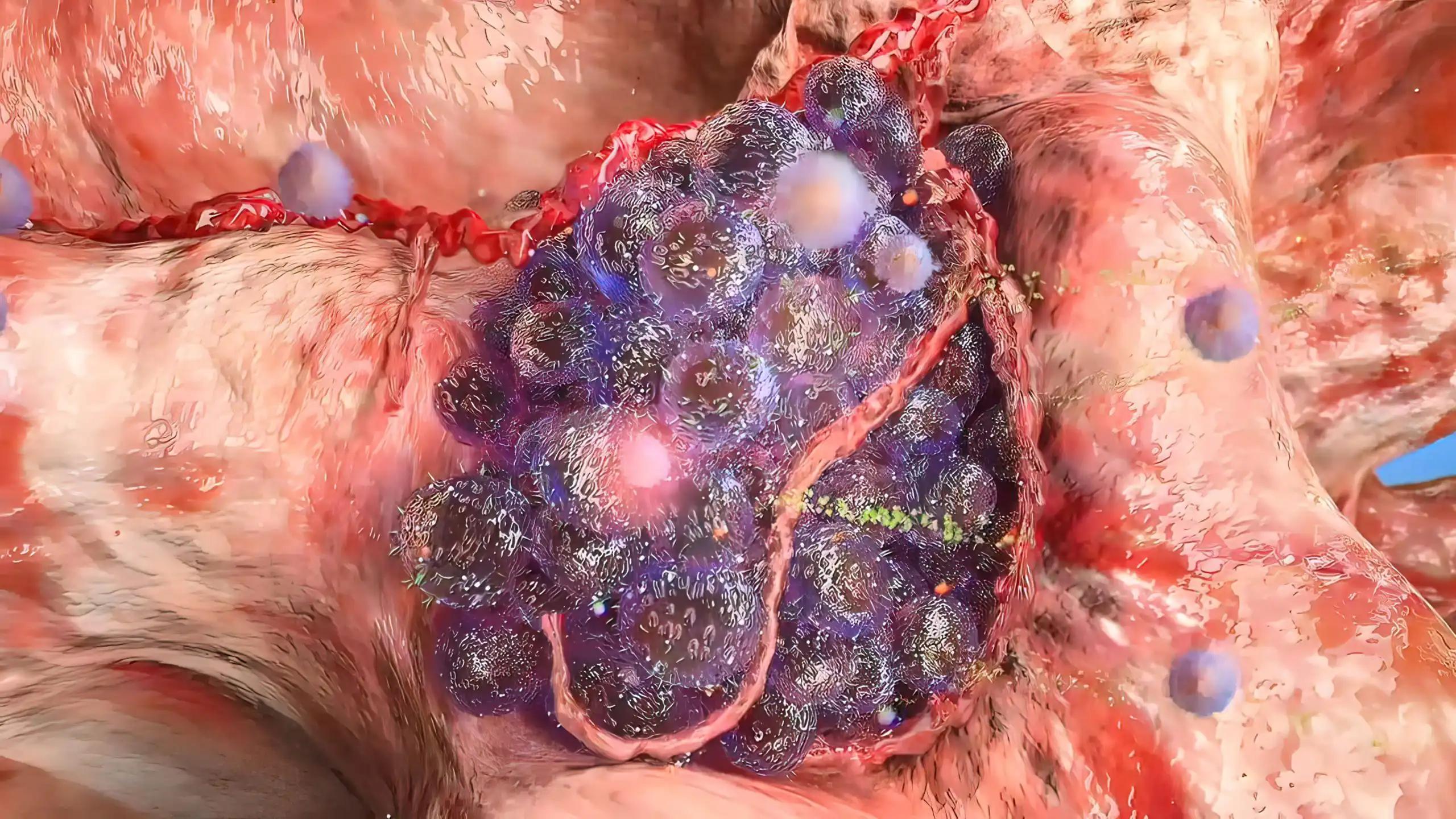KEY TAKEAWAYS
- The primary aim of the COSMIC-311 study, a phase 3 trial, was to compare the PFS and ORR of cabozantinib (C) and placebo (P) in patients with RAIR DTC who had progressed after prior VEGFR-targeted treatment.
- The outcome showed that C maintained better PFS versus P (HR 0.22) in the ITT group, irrespective of prior therapy at lengthy follow-up (median 10.1 months).
- P was less preferred than C for all preceding lenvatinib (L) periods regarding PFS and response outcomes.
- A total of 15% of patients (>0-12), 25% (>12-24), and 12% (>24) discontinued C because of TEAEs.
- More than half (52%) of the C group and a quarter (24%) of the P group experienced TEAEs in grades 3/4, whereas 72% of the >12-24 group and 62% of the >24 groups did.
- There were no treatment-related adverse events in grade 5.
Based on the results of the COSMIC-311 research (NCT03690388), the only phase 3 study that included previously L-treated patients, the US Food and Drug Administration authorized the multikinase inhibitor C for RAIR DTC patients who progressed after prior VEGFR-targeted treatment. C maintained better PFS versus P (HR 0.22) in the ITT group irrespective of prior therapy at lengthy follow-up (median 10.1 months) (Capdevila, ESMO 2021: Abs LBA67). Here, the researchers present results by the time since the last L therapy. C 60 mg QD or P was randomly assigned to patients. Primary objectives included progression-free survival (intention-to-treat population) and objective response rate (first 100 randomized patients), assessed by blinded independent review using RECIST v1.1 criteria. After PD was proven, P pts might switch to open-label C. Results were analyzed according to the number of months after the patient’s last L therapy (>0, >12, >24).
Among the 258 randomized patients as of the data cutoff date (8 February 2021), 162 had had previous L (C 107, P 55): 54 for 0-12 months, 48 for 12-24 months, and 60 for more than 24. P was less preferred than C for all preceding L periods in terms of PFS and response outcomes (Table). 15 percent of patients (>0-12), 25 percent (>12-24), and 12 percent (>24) discontinued C because of TEAEs. More than half (52%) of the C group and a quarter (24%) of the P group experienced TEAEs in grades 3/4, whereas 72% of the >12-24 group and 62% of the >24 groups did so. There were no treatment-related adverse events in grade 5. At the longer COSMIC-311 follow-up, C still had better PFS than P in DTC patients, regardless of how long they had been on L therapy previously. Adverse events were typical for the population as a whole.
Source: https://oncologypro.esmo.org/meeting-resources/esmo-congress/cabozantinib-c-vs-placebo-p-in-patients-pts-with-radioiodine-refractory-rair-differentiated-thyroid-cancer-dtc-who-progressed-after-prior
Clinical Trail:https://clinicaltrials.gov/ct2/show/NCT03690388
M.S. Brose, J.A. Krajewska, F. Vaisman, A.O. Hoff, E. Hitre, J. Oliver, D.S. Williamson, N. Berry, J. Capdevila Castillon/1653P – Cabozantinib (C) vs placebo (P) in patients (pts) with radioiodine-refractory (RAIR) differentiated thyroid cancer (DTC) who progressed after prior VEGFR-targeted therapy: Outcomes by duration of prior lenvatinib (L) treatment/Annals of Oncology (2022) 33 (suppl_7): S750-S757. 10.1016/annonc/annonc1077



